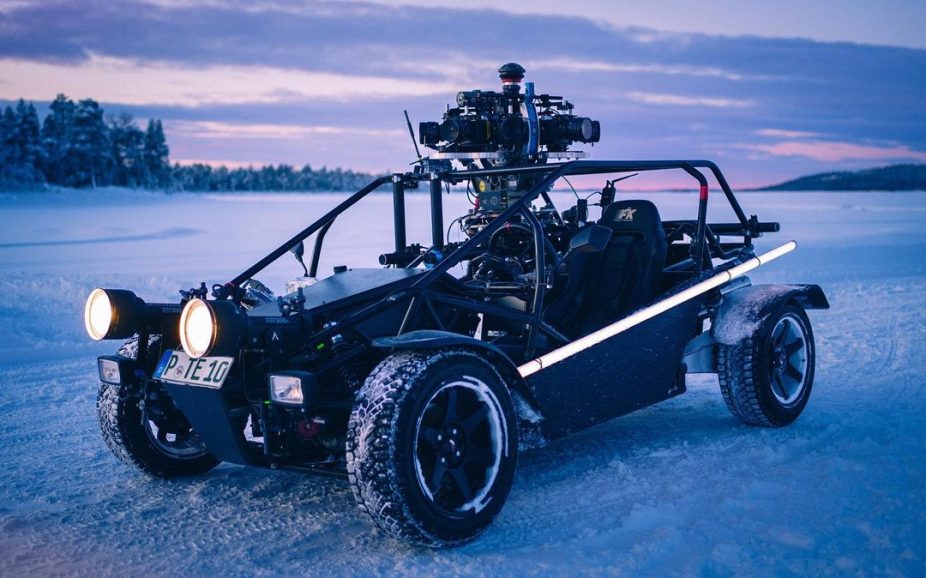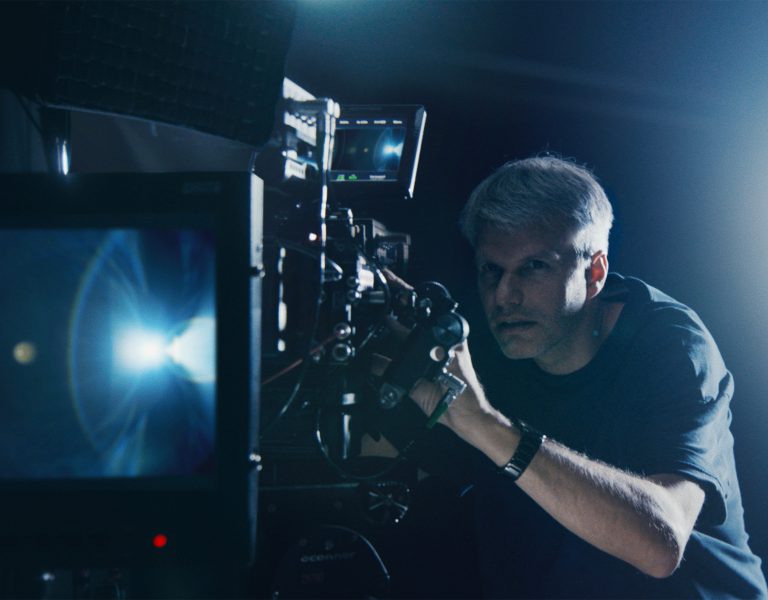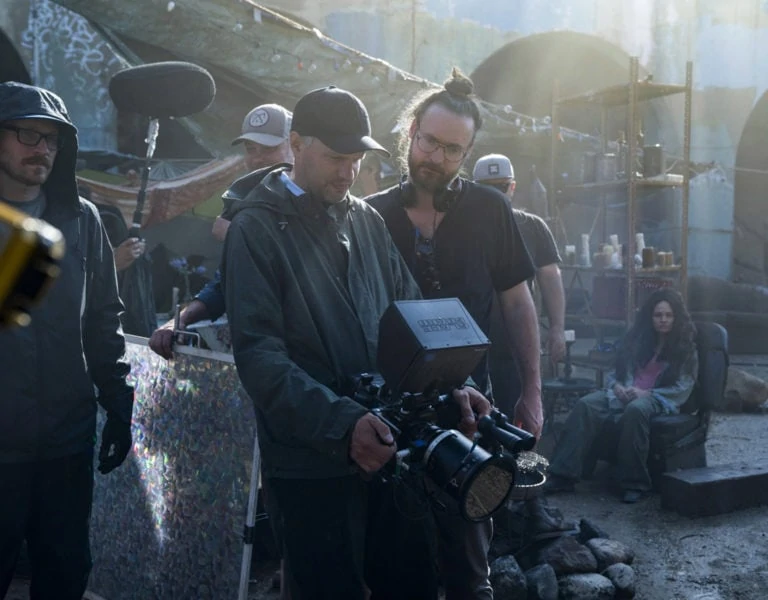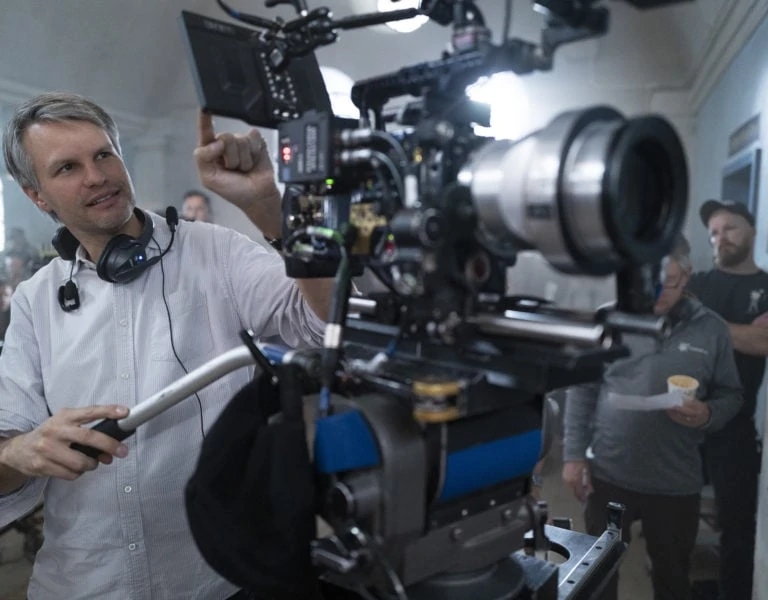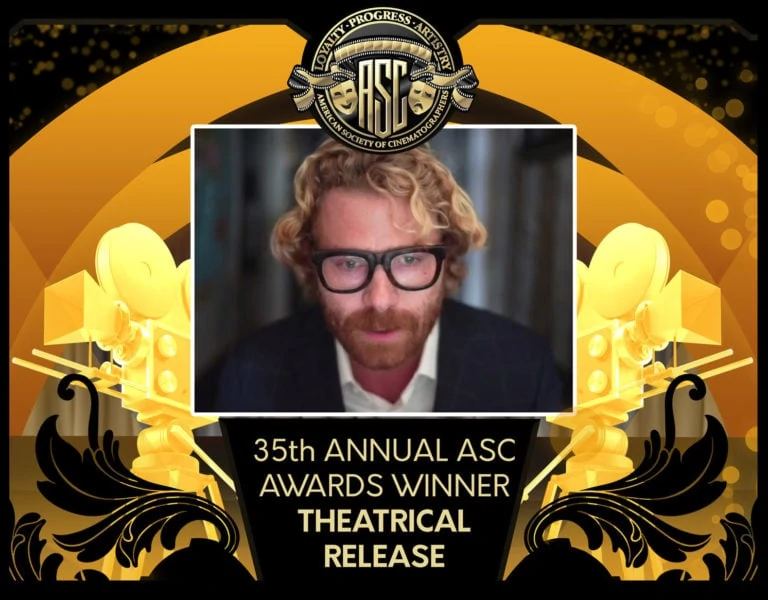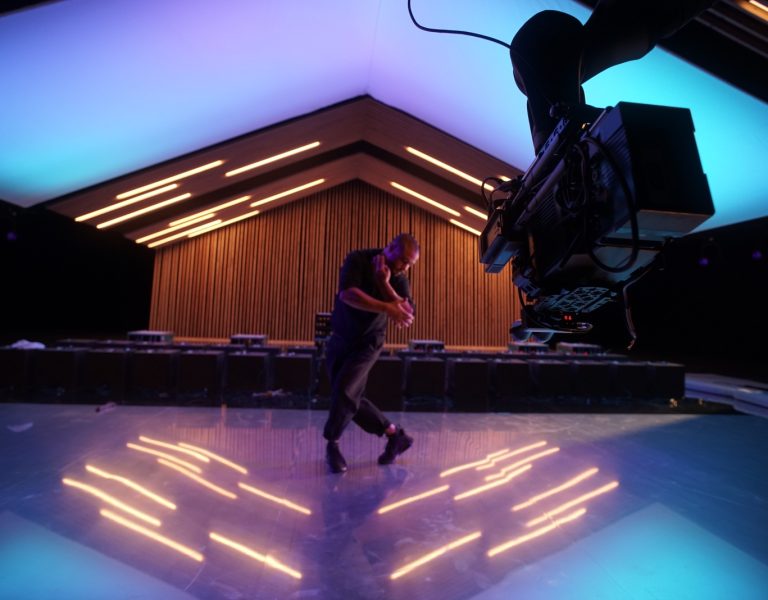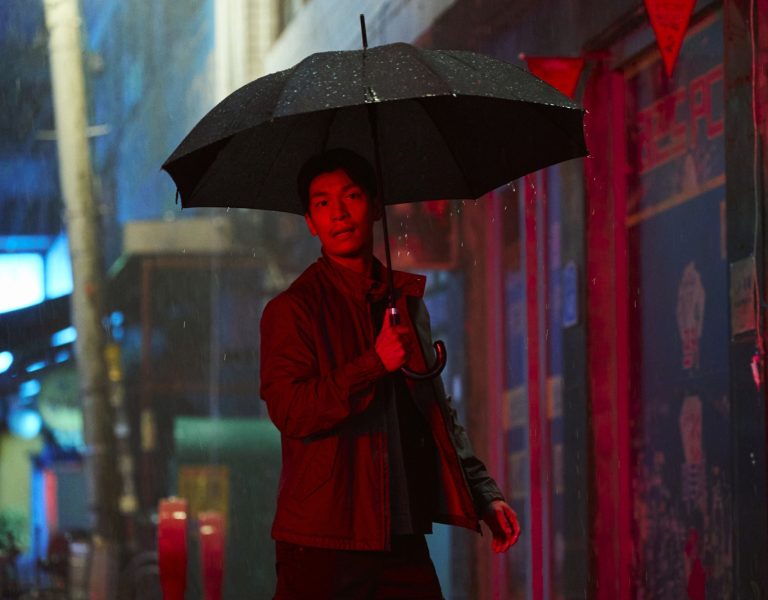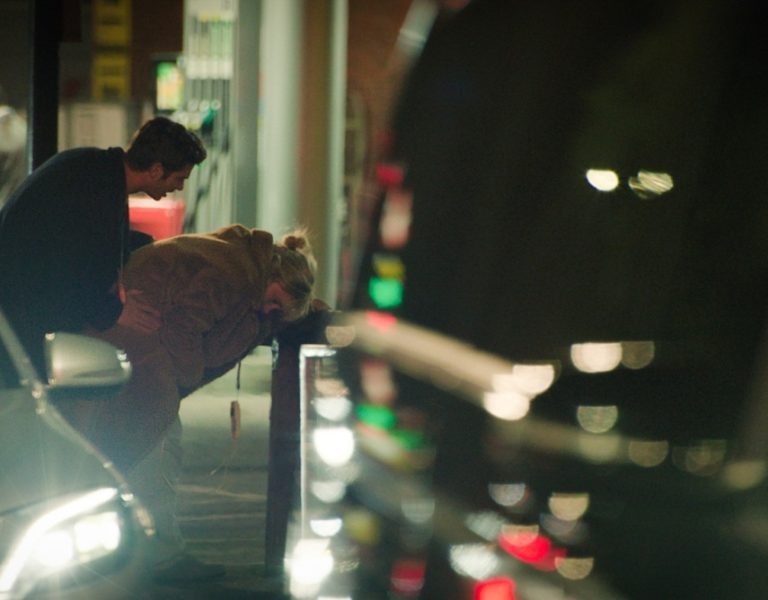STELLAR STORYTELLING
Markus Förderer ASC BVK reflects on his influences and inspirations for the visual language of Constellation, which takes space-set sci-fi to new heights.
When Markus Förderer ASC BVK was inducted into the ASC in 2019 he was asked which films had made the strongest impression on him as a child. His answer was 2001: A Space Odyssey, Alien and Independence Day, all of which influenced the visual approach to Constellation, a psychological science fiction series for Apple TV+.
“If they had asked about TV shows, I would have mentioned The X-Files, which had a moody, cryptic and dark atmosphere that Michelle MacLaren and I wanted to inform Constellation,” he says.
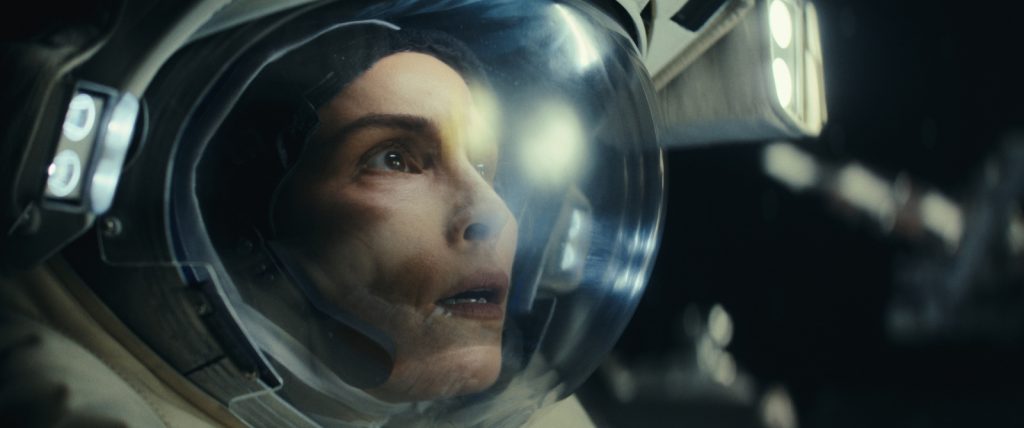
Executive producer MacLaren, a former producer of The X-Files, tapped Förderer to shoot the first two episodes (which she also directed) of the eight-part drama.
Written by showrunner Peter Harness with echoes of Interstellar and Solaris, Constellation moves from space to Earth, and across time, as we follow Noomi Rapace’s astronaut (Jo) struggling to come to terms with the aftermath of an accident possibly caused by a NASA experiment aboard the ISS.
“Independence Day left an impression on me because it was a big spectacle with tension, something I also wanted to bring into this project,” says the DP, who shot Roland Emmerich’s sequel Independence Day: Resurgence in 2016. “In early conversations with Michelle we discussed how to capture the scope of the show and decided to shoot on location to give the project authenticity and scale. At the same time the core of the story is a mother-daughter relationship so we needed to convey intimacy.”
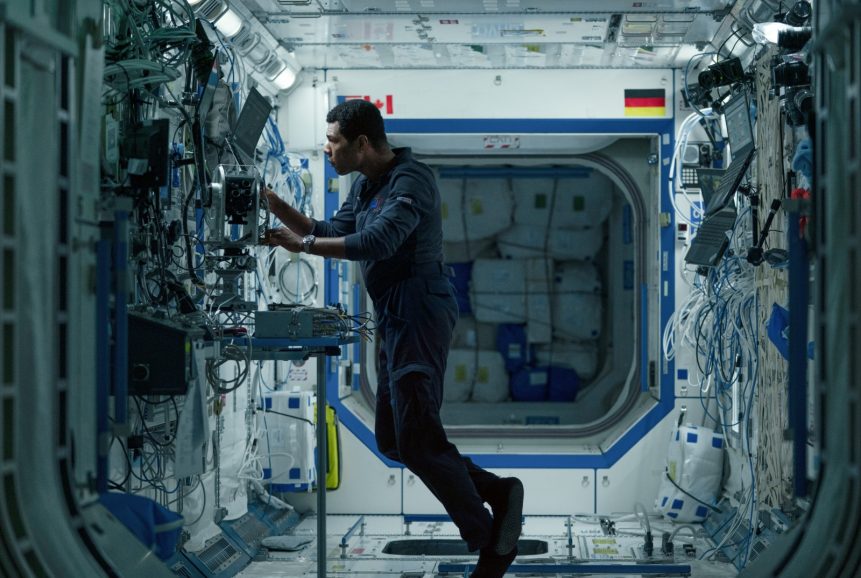
This included shooting extensive sequences aboard the ISS on a soundstage rather than a volume. “I love shooting with LED walls but it’s not right for everything. I was fighting to shoot as much as possible in camera because the audience will always feel the integrity if the source is captured for real.”
Gravity is one of many examples of productions that have successfully created the illusion of zero gravity but Förderer felt he wanted to avoid the “perfect Hollywood floating camera and long, impossible oners”.
Former ISS astronaut Scott Kelly was a consultant to the show and explained how astronauts video themselves and their experiments. “He shared many of his personal videos and I asked specifically how they get the camera to float. In zero-G you can just push the camera and it moves like some fluid special effect. I wanted the audience to feel like the audience are with Joe, following her.”
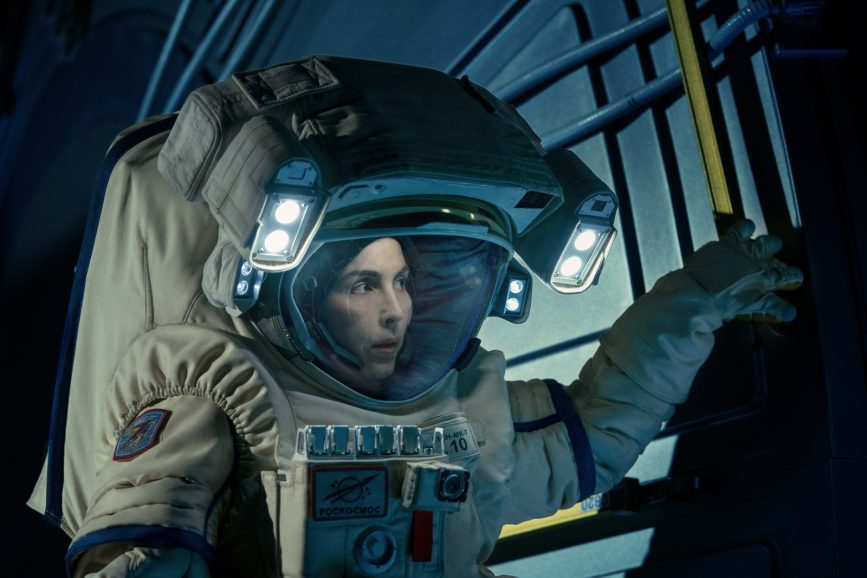
Production designer Andy Nicholson not only built detailed sets for the ISS, he also constructed plywood models for the camera team to rehearse in.
“We played around with a mix of hi- and lo-tech techniques. Sometimes we had stunt coordinator Martin Goeres flying in a wire rig with a camera on a stabilised remote head so we could remotely operate. Sometimes we used Steadicam or gimbals and a lot of very smooth, handheld. It’s not perfectly smooth in zero gravity, but astronauts do shoot handheld so this was a big influence.”
Lighting was incorporated into set to avoid opening it up, with exception of certain shots where a piece of ceiling was removed to suspend actors on wires.

Gravity-defying shots
The spacewalk in episode one presented another challenge, in part because of the limited manoeuvrability of the heavy replica spacesuit worn by Rapace but also because they used an authentic visor which features triple layer glass.
Most screen depictions of actors wearing space helmets are shot with glass removed and added as CG to avoid accidental reflections of camera or crew. Here, Förderer leant into the light reflected from the ISS sets.
“Every exterior module we see Jo come into contact with was a build. Sometimes it’s obviously extended into depth but when she’s exploring the impact of the accident we can see, in the glass, very realistic reflections. We ensured everything on stage was blacked out, the camera crew wore black and worked mainly from cranes to avoid reflections. We shone a super bright LED source onto set to replicate the sun. Over 90 percent of what you see in the reflections are real with occasional VFX of the Earth’s reflection.
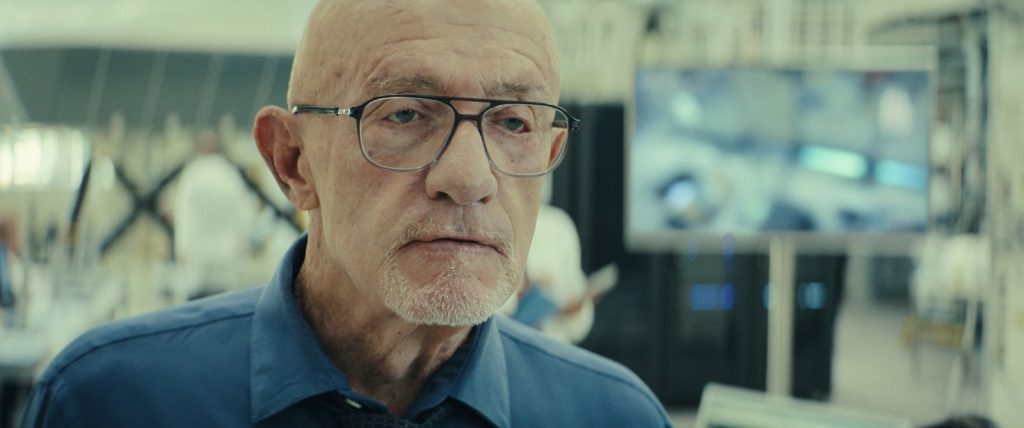
“This was interesting conceptually since the script explores different realities with mirrored storylines so we employed reflections where we could.”
There are very few windows in the ISS, apart from the giant cupola, but in the story the craft dips in and out of power when the solar panels gain or lose sunlight.
“Our sunlight was a big LED light source outside on a moveable crane so we could move from eclipse to daylight. Everything was controlled from a dimmer board. To give the audience a clue as to where we are in space and time when we cut to the ISS post-accident, the lights are always slightly flickering.”
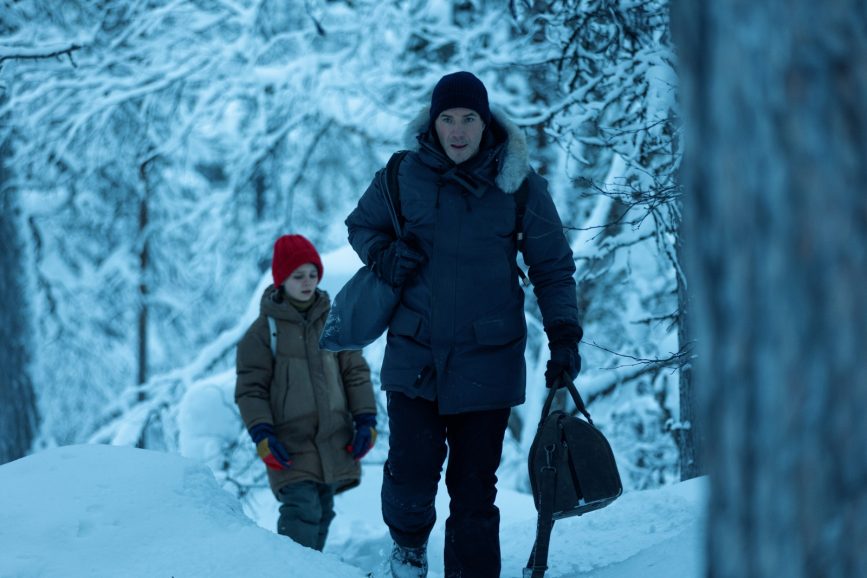
Scenes in the first two episodes are mirrored in later episodes. For example, we see Jo grab an astronaut’s floating hand in episode one and a reverse perspective later, shot by another unit.
“There was a lot of discussion about to pull it off,” Förderer says. “We had a good overlap in pre-production but I had to wrap my head around all episodes to make sure we set it up in a way that made sense when we shot from the other side.”
Three units shot in parallel, with DPs Frank Lamm and Yaron Scharf able to review each other’s footage. Scenes that Förderer shot in the ISS on one day could be ‘mirrored’ with the same lighting the next day by a different DP.
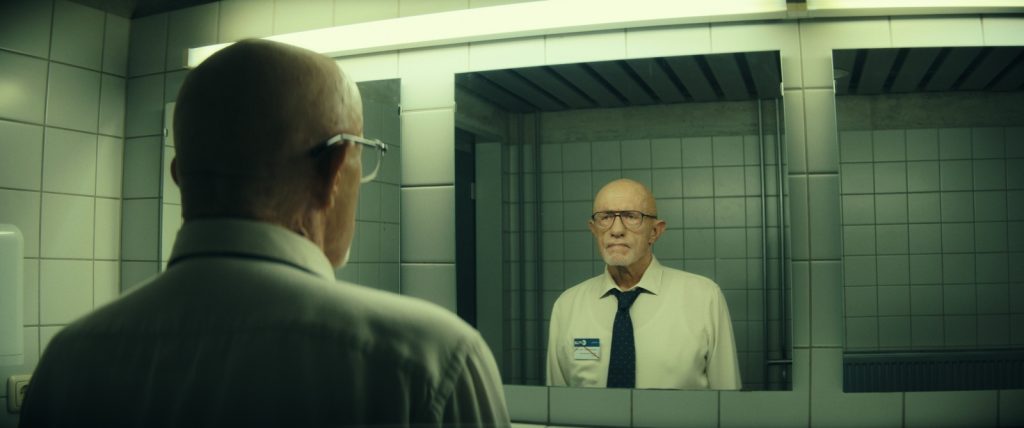
He selected the RED V-Raptor because its small size enabled them to mount it onto spacesuits and move in the tight ISS set and Soyuz module.
“I wanted to give the audience this feeling of being alone in space with Noomi’s character so we needed a system that’s fairly compact. It paired beautifully with Panavision anamorphics and still records at high resolution.”
Using anamorphic glass “a good blend of modern and cinematic scope” focussed on an actor’s face meant up to eighty per cent of the image was out of focus. “It stretches the background vertically and subconsciously imparts a tension to the shot because it’s not quite how our eyes see.”
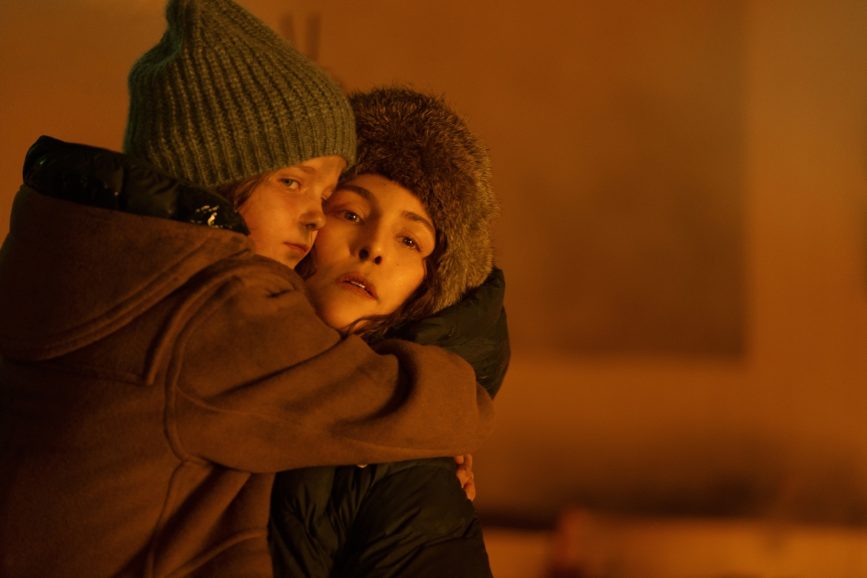
International focus
In the story, Jo’s capsule lands in Kazakhstan to which the production sent a scout but Morocco proved logistically easier to access and service. There Förderer shot aerials to capture the descent of the capsule over a wide area and employed FPV race drone specialist Skynamic using a RED Komodo “which cuts perfectly with our A cameras.”
Skynamic were also directed to fly a Komodo through the ISS set. “It was so helpful to be able to intercut from the drone to shots captured by stunt person so you really feel you are floating.”
Scenes set in Sweden on a frozen lake and cabin in a remote forest were shot on location in Finnish Lapland, close to the Swedish border.
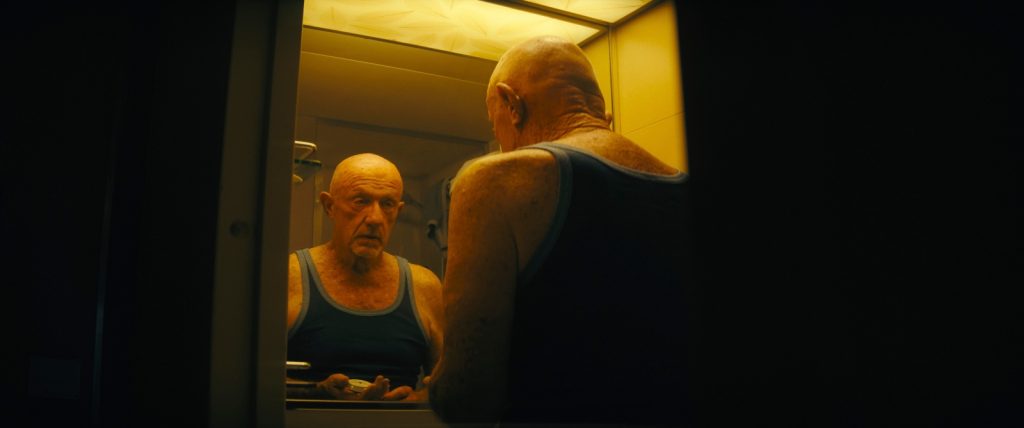
“There’s no way to light a snow landscape in a realistic manner since you will immediately feel the lights’ sources. On the scout I took lots of stills and short videos as a proof of concept to do day for night, and this worked out well.”
“We filmed at a time of the year where the sun barely touches the horizon giving a very long pitch-black night and a very long blue hour during which I underexposed in camera to embrace the available light without having to artificially light everything.”
“I knew we had to somehow extend our shootable range and wanted to avoid using a harsh Condor backlight which on snow looks like giant construction lights.
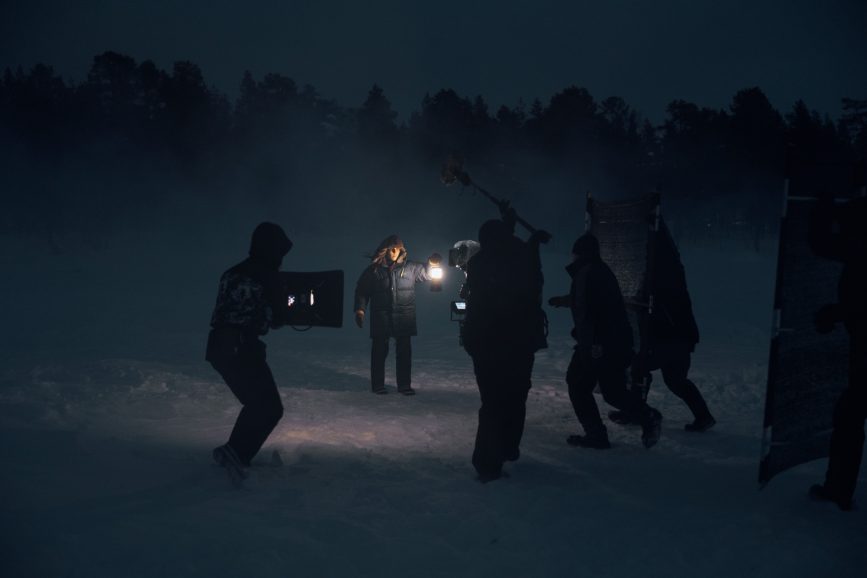
Instead of directly lighting the set he and Uwe Greiner built a ‘UFO light’ of powerful LEDs lights on a scissor-lift hidden behind the cabin. “It softly lit the atmosphere above the frame for miles all around, not the actors directly. We gave it a greenish hue into which we could run animations from a dimmer board to give that presence of the northern lights.”
It was the first time Förderer had experienced the actual Northern Lights which displayed for real almost every night but are hard to capture on camera. “There’s some mystery to the phenomena so it felt right to make this a theme in our story. In later scenes I’d use cyan/turquoise as a subtle fill colour to hint at some sense of presence from outer space. Even in a kitchen scene I wanted people to be subconsciously reminded that there’s something bigger at play.”
With colourist Florian Martin he designed a LUT based on Kodak stock with RED colour science. This glued the whole show together but principal looks were created with lighting.
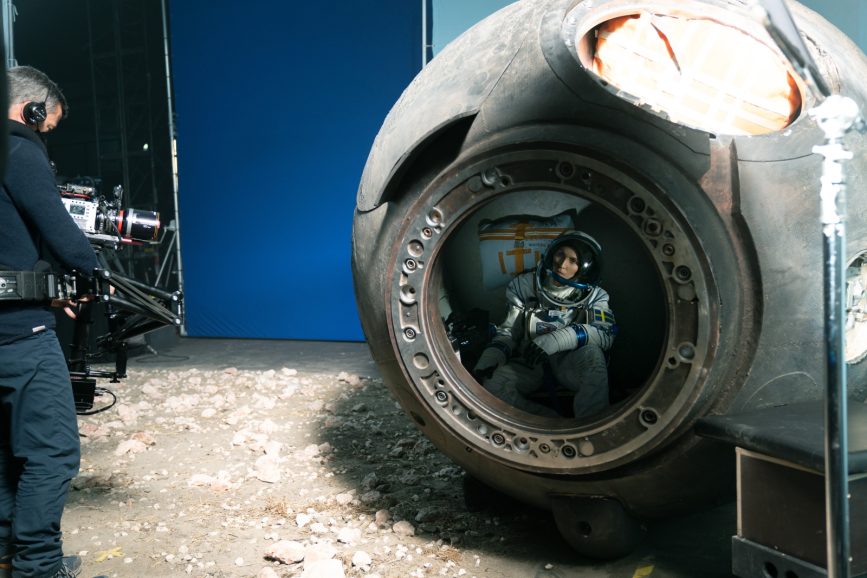
Cabin interiors, for example, were shot on a soundstage lit by firelight and three wick candles augmented with LEDs in background.
“You usually have to extend candlelight artificially with lights off-camera but the sensitivity of the V-Raptor meant we didn’t have to over-do augmentation particularly to illuminate a painting in the scene which has narrative significance.”
He also embraced HDR to show detail in very dark and extreme bright shots. During the spacewalk the sun comes up, Jo puts her visor down “and the audience is hopefully being blinded by the reflection of the sun. It’s nice that your eyes get stimulated with a lot of light.”
He adds, “I feel a lot of my colleagues are more conservative when it comes to HDR, perhaps worried what executives viewing rushes on uncalibrated screens might think, but I was really excited to explore it. Working for a studio that also makes displays I knew that producers would have an iPad Pro. Put that in calibrated mode and you see exactly what you’d see on a $30,000 grading monitor. It meant we didn’t need to do much dailies grading.”
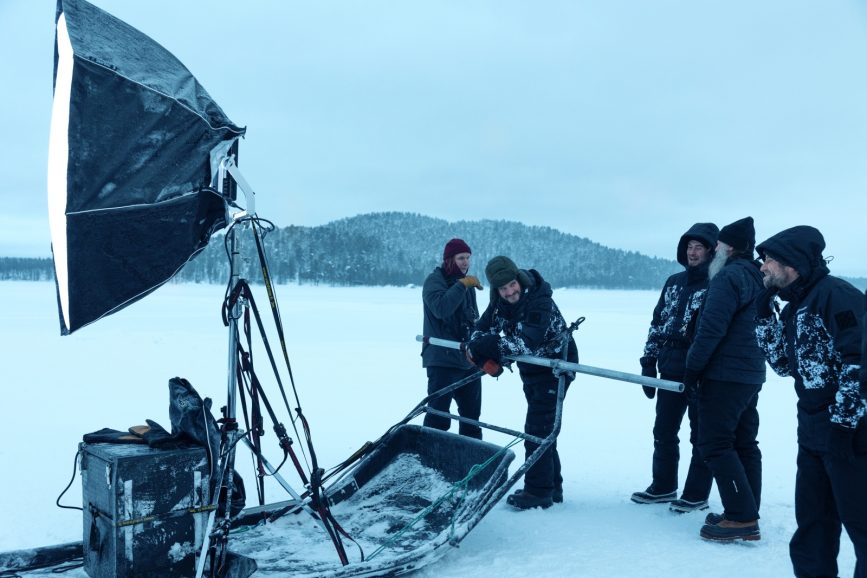
MacLaren wanted the opening scene of a car driving through miles of forest to have scope. For this, Förderer shot plates day for night and then replayed them on a small volume stage in Berlin at the end of production. “That proved very efficient since we could pick up all kinds of little pieces which we might have not had time to get on location.”
Constellation’s narrative is complex and it took Förderer several attempts reading the script to understand it from every angle. “A big discussion point was how to give visual clues to the audience about which character’s reality we are in.”
Those worlds collide in “liminal spaces” the first one of which occurs at the end of episode one. Jo is approaching the cabin over a frozen lake and the falling snow slows down around her.
“The audience can always feel if you add some gimmicky VFX so I wanted to do something with lensing that tells you she’s now transitioning into this other reality.”
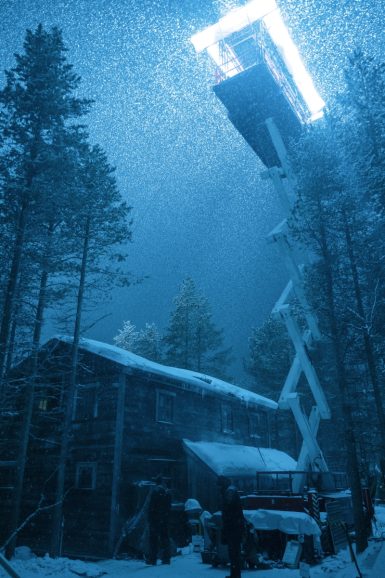
He unearthed an old lens without a front element that “technically is not supposed to be able to focus, and has very strong distortion. Michelle loved the test so we shot the whole scene with this lens. In later episodes we didn’t use it so much because once it’s established in the audience’s mind that there could be different realities it’s interesting for them to figure out which is which without giving that visual cue.”
Forderer operated cameras on the ‘liminal scenes’ so he could play with focus “and give a three-dimensional sense of some pulsating energy.”
He has no idea of the origin of the lens. It would seem to have come from another dimension.
